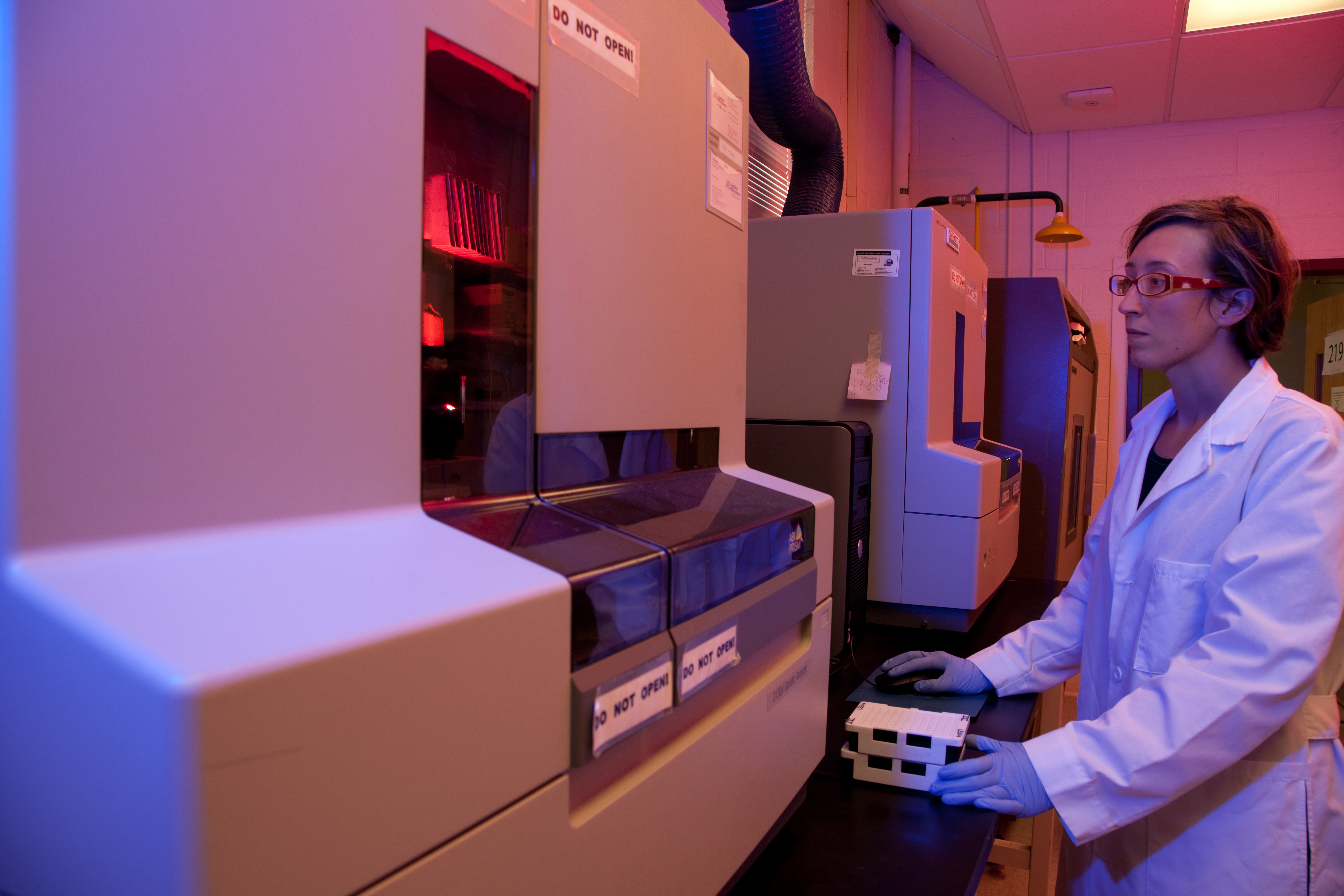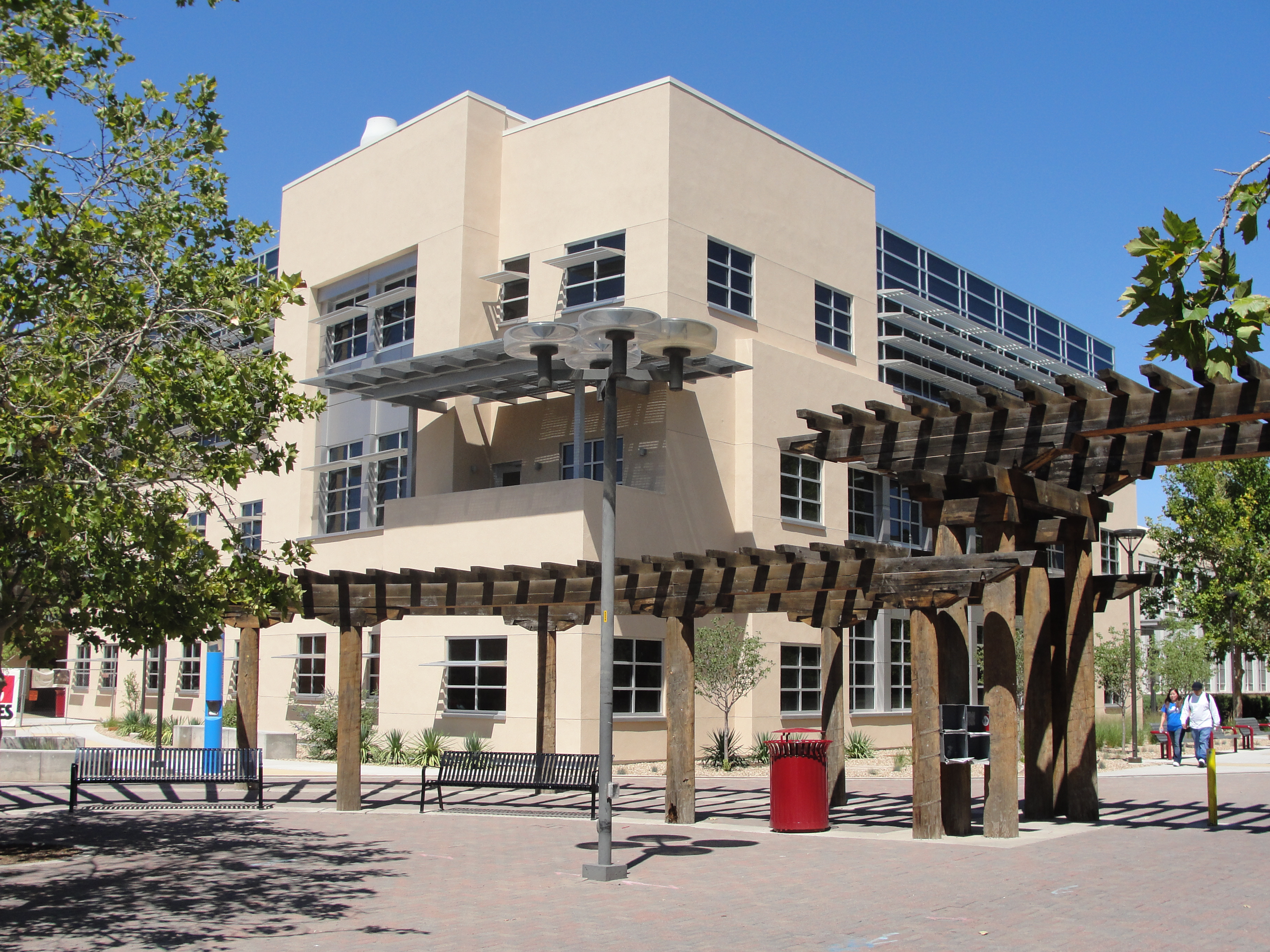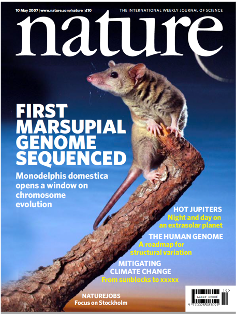CETI celebrates twenty years of revolutionary research
-News-
Posted: Sep 25, 2023 - 09:09am
Twenty years ago, the Center for Evolutionary and Theoretical Immunology (CETI) brought together an interdisciplinary group of scientists, including immunologists, parasitologists, theoreticians, and computer scientists, from UNM and Los Alamos National Laboratory to advance research into immune systems. This year, they are celebrating the impacts they have made since 2003, and the people who have been integral to these successes.
 The concepts that led to CETI came more than 20 years ago with the recognition that New Mexico had a critical mass of investigators with interests in the evolution of immune systems and the application of theory to immune responses. Collectively, their research was a great candidate for a funding opportunity from the National Institutes of Health (NIH) called the Institutional Development Awards (IDeA)Centers of Biomedical Research Excellence (COBRE) program. This highly competitive program is dedicated to establishing state-of-the-art biomedical research centers in states that have historically received low funding from the NIH.
The concepts that led to CETI came more than 20 years ago with the recognition that New Mexico had a critical mass of investigators with interests in the evolution of immune systems and the application of theory to immune responses. Collectively, their research was a great candidate for a funding opportunity from the National Institutes of Health (NIH) called the Institutional Development Awards (IDeA)Centers of Biomedical Research Excellence (COBRE) program. This highly competitive program is dedicated to establishing state-of-the-art biomedical research centers in states that have historically received low funding from the NIH.
The group received COBRE funding in 2003 and CETI was born. It is still the first – and only – COBRE that UNM’s main campus has received. At the time of its founding, CETI was also the only center of its kind with an evolutionary and theoretical focus on immunology.
Loker says the COBRE was “a win for all of us in the biology department, because it amounted to $26.2 million dollars of funding over three competitive phases of COBRE funding. It also helped us to establish interdisciplinary contacts with other departments at UNM... and reach out to a whole pool of very talented scientists at Los Alamos [National Laboratory]. It was a real opportunity for biology to gain additional resources for research.”

Loker says this expansion is an important part of CETI’s overall mission, which includes doing, “whatever we could to fully develop the potential of these COBRE programs to help as many people as possible on the main campus. We were able to use the impact provided by CETI to help pull up other aspects of the overall UNM teaching mission.”
This expansion included the establishment and support for CETI’s three core facilities: the Molecular Biology Core (MBC), the Cell Biology Core (CBC), and the Controlled Environments Core (CEC). All three are widely used by UNM’s scientific community.
Miller also credits the COBRE award for enabling CETI to attract highly competitive young scientists who are drawn to a research center dedicated to their specific interests. This, in turn, has fostered a dynamic environment where they can collaborate with like-minded peers.
The mentorship opportunities are an integral component to CETI’s success over the past 20 years. For Miller, being a mentor has been among the most rewarding aspect of his position, as he says, to work “with people that are in your own field, that are close to you, to help create your own set of colleagues, younger colleagues, is even more rewarding. It’s helped to create some sustainability too, that another generation has come through who sees CETI and values CETI as something that is important to them.”
 The relationships that CETI has helped create and the environment that their core facilities offer to scientists, has resulted in 168 scholars producing nearly 1,200 published research papers on immunology across a broad range of organisms and questions.
The relationships that CETI has helped create and the environment that their core facilities offer to scientists, has resulted in 168 scholars producing nearly 1,200 published research papers on immunology across a broad range of organisms and questions.
Many of these publications have resulted in truly ground-breaking research. Miller and a UNM Biology Ph.D. student, Kimberly Morrissey, were part of an international team that solved the structure of a novel T cell receptor discovered in Miller’s lab, with the support by grants from of agencies such as the US National Science Foundation (NSF).
Irene Salinas, professor of Biology, will be presenting at CETI’s 20th anniversary symposium about her lab’s breakthrough research in the fish mucosal immune system. Their discovery of an immune structure in the nasal cavities of rainbow trout is previously unknown to science.
This finding, supported by a $500,000 grant from the US Department of Agriculture’s (USDA)National Institute of Food and Agriculture (NIFA), offers greater insight into the effectiveness of aquaculture vaccines and may lead to broader and improved understanding of fish health.
Professor of Biology, Coen Adema, led an international team of researchers to sequence the genome of Biomphalaria glabrata, a freshwater snail that is a carrier for a deadly parasitic disease responsible for killing hundreds of thousands of people around the world each year. Sequencing and characterizing the genome of this snail helps researchers better understand the snail/parasite interaction which may one day lead to the elimination of the disease. This research was published in Nature Communications.
 As for the next twenty years and more, Miller sees a bright future ahead for CETI. “Technologies change. People’s research interests change. But I think the core principles of CETI in the interest of immunology and infectious diseases is here for the long-term because of the infrastructure that has been built and the people that have been brought in. It’s really about the people that will sustain it. I think we’re going to be here for quite some time.”
As for the next twenty years and more, Miller sees a bright future ahead for CETI. “Technologies change. People’s research interests change. But I think the core principles of CETI in the interest of immunology and infectious diseases is here for the long-term because of the infrastructure that has been built and the people that have been brought in. It’s really about the people that will sustain it. I think we’re going to be here for quite some time.”
CETI will be celebrating these accomplishments and more at a special day-long symposium on Friday, October 6. UNM President, Garnett S. Stokes and UNM Provost & Executive Vice President for Academic Affairs, James Holloway, will be in attendance to provide the opening remarks.
For more information, and to register go to CETI.unm.edu.

